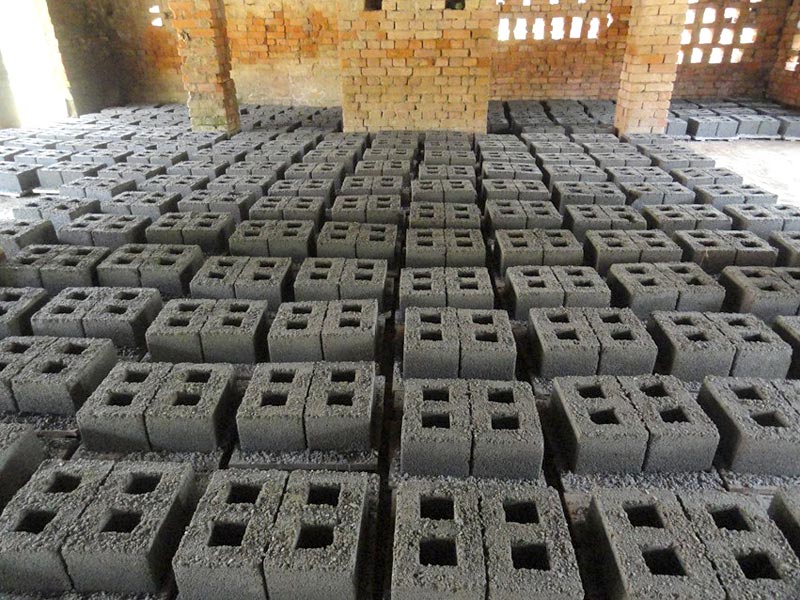

Based on the principle of incorporating constant compression through continuous tension in its cables or tendons aiming to find similar deformations in both elements. To overcome this disadvantage, it was proposed to incorporate an internal reinforcement to the wall with a technique known as post-tensioning in reinforced concrete. One of the main properties of masonry is to resist high compressive stresses and low tensile stresses. that were provided by the company DINO - Pacasmayo (Piura, Peru) and tested in the structures laboratory of UDEP (University of Piura) with monotonic static loads perpendicular to the plane of the parapet. The testing program consisted of 8 specimens between conventional and post-tensioned systems with a total length of 1.20 m and 2.40 m. Masonry parapets are non-structural elements located in buildings, which pose a threat to people. The purpose is to provide stability during seismic events that occur with a certain frequency in Peru.

The study shows the comparison of the structural behavior of conventional parapets built with clay and concrete masonry units, to others incorporating the post-tensioning technique used for reinforced concrete elements.


 0 kommentar(er)
0 kommentar(er)
